Luang Prabang: Where the River Remembers
"The river does not rush. It remembers."
Tucked into a gentle bend of the Mekong River, Luang Prabang is not a city that announces itself. It murmurs. It breathes in incense, woodsmoke, and the scent of lemongrass. It exists in shadows cast by frangipani trees, in the golden halos of temple roofs, and in the slow rhythm of saffron-robed monks walking barefoot at dawn.
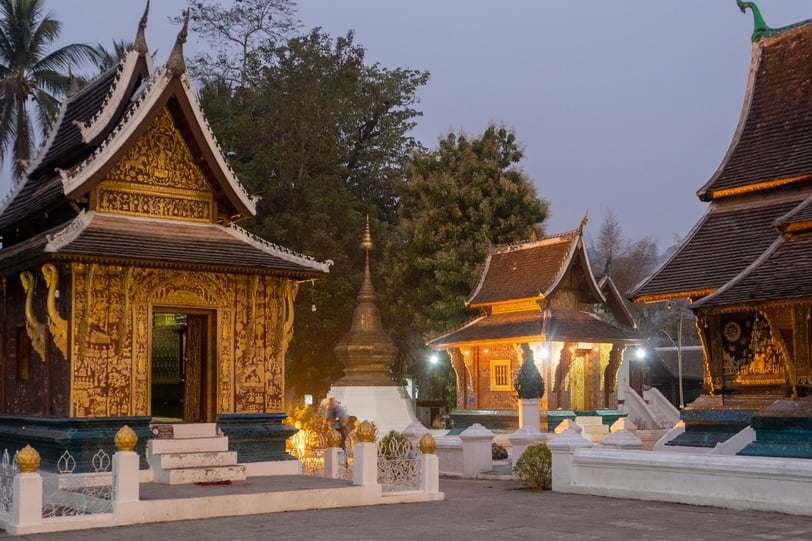

A former royal capital turned UNESCO World Heritage site, Luang Prabang is a city where memory lingers like mist over the river. Each alley, teakwood house, and carved temple seems to whisper something old, something unhurried.
The Mekong: A River of Memory
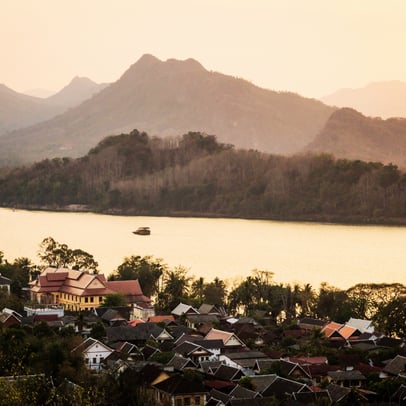

Luang Prabang's lifeline is the Mekong—a river that does not merely pass through Laos but threads together the stories of six nations. Originating in the Tibetan Plateau, the Mekong flows through China, Myanmar, Thailand, Laos, Cambodia, and Vietnam. Here in Luang Prabang, it moves with a sacred stillness. It carries fishermen in slender wooden boats, offerings of marigolds during spiritual festivals, and echoes of old trade routes.
Sit by the banks at dusk, and you’ll see the water blush with light. Riverboats drift slowly past, casting mirrored reflections against the fading sky. The Mekong isn’t just scenery—it’s memory in motion. It holds the dreams of villages, the cadence of chants, and the hush of centuries.
Rituals in Motion: Alms, Temples, and Stillness
Before the sun crests the hills, monks emerge from temple gates, collecting morning alms in silent procession. This is not a performance—it is the soul of the city. Locals kneel respectfully, offering sticky rice, bananas, or flowers. The atmosphere is hushed, reverent, otherworldly.
Luang Prabang is home to over 30 temples, each with its own quiet charisma. Among them, Wat Xieng Thong stands as a masterpiece—its sloped roof like the wings of a mythical bird, adorned with intricate mosaics and gold-stenciled doors. Climb Mount Phousi in the early morning or late afternoon, and the city unfolds below in golden light, the Mekong on one side, the Nam Khan River on the other—a town caught between two timeless flows.
Hidden Corridors and Slow Days
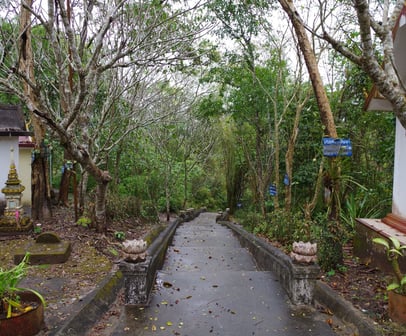

Wander on foot or by bicycle, and you’ll discover the smaller veins of the city—the backstreets lined with French colonial villas, rustic cafés, and homes draped in bougainvillea. The morning market hums with soft energy, offering everything from bamboo shoots and medicinal herbs to woven baskets and fermented teas.
As the sun mellows, the night market on Sisavangvong Road awakens. It’s a gentle affair—no shouting, no chaos. Just soft-spoken artisans displaying handwoven scarves, lacquerware, and delicate silver jewelry under warm lantern light.
Getting There: A Journey Made Easier
Before the sun crests the hills, monks emerge from temple gates, collecting morning alms in silent procession. This is not a performance—it is the soul of the city. Locals kneel respectfully, offering sticky rice, bananas, or flowers. The atmosphere is hushed, reverent, otherworldly.
Luang Prabang is home to over 30 temples, each with its own quiet charisma. Among them, Wat Xieng Thong stands as a masterpiece—its sloped roof like the wings of a mythical bird, adorned with intricate mosaics and gold-stenciled doors. Climb Mount Phousi in the early morning or late afternoon, and the city unfolds below in golden light, the Mekong on one side, the Nam Khan River on the other—a town caught between two timeless flows.
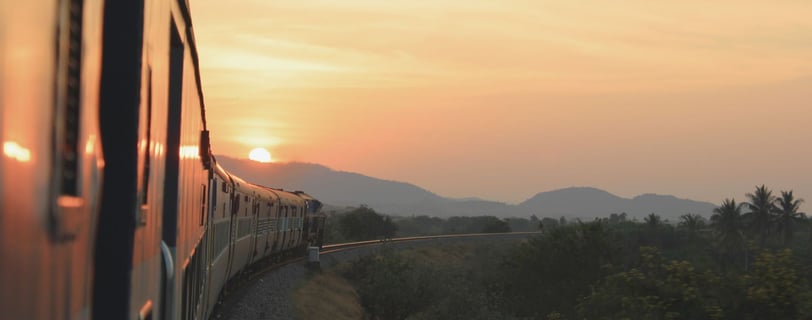

Where to Stay: Colonial Charm Meets River Silence
Accommodations in Luang Prabang range from intimate guesthouses to restored colonial mansions. For solo travelers, heritage inns along the river offer quiet refuge with small reading nooks and riverside balconies. For families, there are boutique hotels with inner courtyards, family suites, and serene gardens where children can roam safely while adults sip coffee under mango trees.
Recommended stays include:
Satri House – Former residence of a Lao prince, now a boutique hotel with tranquil ambiance
Maison Dalabua – Surrounded by lotus ponds and traditional Lao architecture
Villa Maly – Blending art deco elegance with local materials
When to Go: All-Year Gentle Wander
Laos enjoys a tropical monsoon climate, making Luang Prabang a year-round destination. That said, the cool dry season (November to February) is considered the most pleasant—crisp mornings, mild afternoons, and clear skies. The wet season (May to September) brings lush greenery and fewer crowds, with showers usually brief and gentle.
If you’re seeking spiritual depth, time your visit around Pi Mai (Lao New Year) in April—when the city transforms with water rituals, processions, and ancient celebrations.
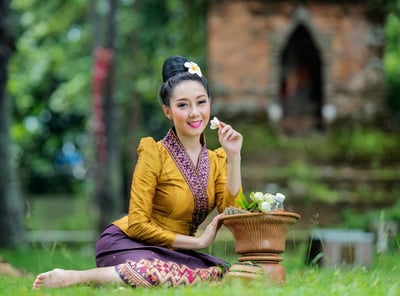

For Whom the City Flows
Luang Prabang welcomes many kinds of travelers. Solo travelers often find peace in its pace—a city where you’re never lonely, only quietly accompanied by time. Couples come for the poetic walks and riverside dinners, while families appreciate the calm atmosphere and cultural richness that gently introduces children to a slower way of seeing the world.
There’s no rush here. No itinerary that must be ticked off. Only slow mornings, long shadows, sacred echoes, and the whisper of a river that—like memory—never forgets.
If you listen closely, you might hear it too—the quiet voice of a place that does not shout, but stays. A place where the river remembers, and so might you.

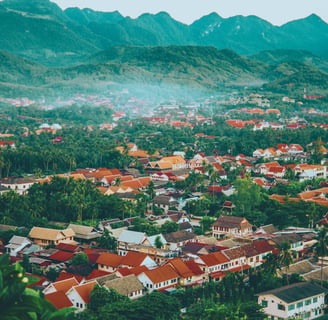
Beyond itineraries and landmarks, Luang Prabang holds whispers only the wandering soul can hear. Step into the echoes of one traveler’s solitude in Travelers' Tales "Fading Footsteps in Luang Prabang: A Traveler’s Soliloquy"
Yet for those seeking a broader lens, Luang Prabang reveals itself as more than a destination—it’s a living tapestry of heritage, stillness, and timeless beauty. Discover its essence in Travel Insights — "Luang Prabang 2025: Timeless Temples, Artisan Legacies, and River Whispers."
✉️ Contact:
Curated by TrueTrip Hub |
© 2025 Invisible Atlas — All rights reserved.
Invisible Atlas
Journey Beyond the Visible
invisible.atlas@truetriphub.com
